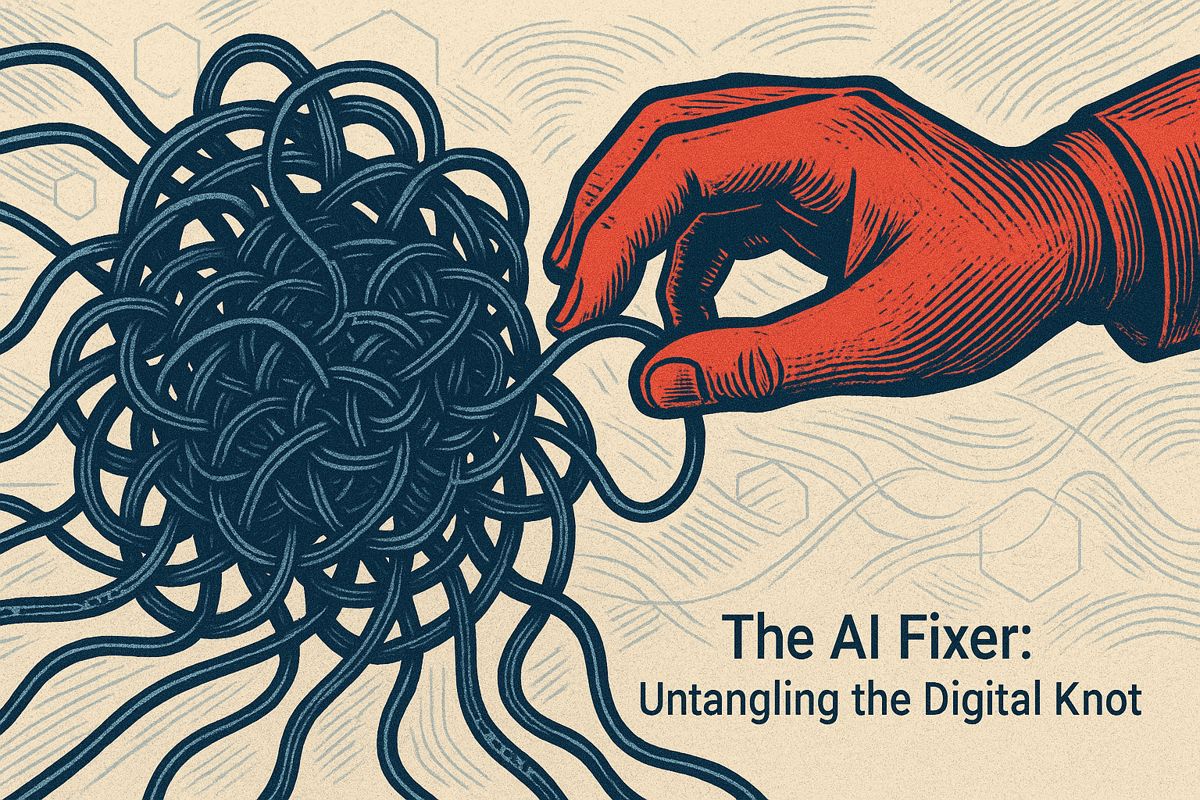The Pentagon just launched a strict new security plan to protect its artificial intelligence from powerful enemies, mainly other countries. This framework demands emergency kill switches, tough red-team testing, and extra-safe data centers for military AI. Defense contractors must follow these new rules by 2026, so every part of AI – from supply chains to ethics – is guarded. The goal is to make sure no enemy can break in or steal secret military AI tricks, turning AI into a strong shield for the nation.
What is the Pentagon’s new AI security framework and how does it protect defense AI systems?
The Pentagon’s new AI security framework sets nation-state adversaries as the main threat, requiring mission-level kill switches, red-team testing against SIGINT-level intrusions, and rigorous controls on supply chain, hardware, ethics, and continuous testing. Compliance will be mandatory for defense contractors by 2026.
The Pentagon has quietly released a new security framework designed specifically for defense-grade artificial intelligence, marking one of the most significant shifts in military software assurance since the adoption of the Risk Management Framework more than a decade ago. Unlike commercial AI safety guides, this document sets nation-state adversaries as the default threat model, mandates mission-level kill switches, and requires every model to survive red-team campaigns that mirror SIGINT-level intrusions.
Why defense AI needs its own rulebook
- Attack surface is exploding: The DoD now tracks almost 200 active Gen-AI use cases across warfighting, logistics and intelligence, up from zero in 2022 (Army.mil, July 2025).
- Threat sophistication: Analysts warn that model weights have become strategic assets – stealing a single computer-vision model can reveal targeting patterns worth billions in R&D (War on the Rocks, Aug 2025).
- Regulatory push: The America’s AI Action Plan (July 2025) orders “high-security data centers for military and intelligence” and tells the DoD to upgrade existing Responsible-AI playbooks within 180 days (White House PDF).
Inside the framework – five pillars that go beyond civilian standards
| Capability | Civilian Baseline | New Defense Requirement |
|---|---|---|
| Threat modeling | OWASP Top 10 | MITRE ATLAS matrix + nation-state TTPs |
| Supply-chain | Software BOM | Model + Dataset BOM, signed firmware, microcode attestation |
| Runtime guardrails | API rate limits | Hardware root-of-trust, enclave inference, EMSEC shielding |
| Ethics review | Fairness metrics | DoD Responsible-AI principles, command-responsibility traceability |
| Continuous test | Quarterly scans | Adversarial red-team per sprint, automated rollback on drift |
From lab to battlefield – how it will be enforced
- Task Force Lima legacy: Although the task force itself sunset in December 2024, its prioritized portfolio of 200+ use cases is now executed by the AI Rapid Capabilities Cell (AI RCC) under CDAO (CDAO update, Dec 2024).
- Mandatory ATO checklist: Programs must show AI RMF Govern-Map-Measure-Manage evidence plus ATLAS-based red-team reports before deployment.
- Secure data centers: The Action Plan budgets classified cloud enclaves where models can be trained and served without touching the public internet.
- Procurement levers: New RFPs will embed the framework as contractual requirements, making compliance a pass/fail gate for vendors.
Early adopters – who is already using it
- Army Futures Command is piloting the framework for autonomous reconnaissance drones and expects initial accreditation by Q1 2026.
- DIU (Defense Innovation Unit) leverages the same controls for rapid acquisition of commercial LLMs, shaving 6-9 months off traditional ATO timelines.
Key takeaways for defense contractors
- Start yesterday: The Pentagon’s 180-day deadline means formal audits begin January 2026.
- Skill gap: Less than 15 % of defense contractors currently have in-house adversarial-ML red teams (SANS Institute, March 2025).
- Budget signal: FY-26 R&D guidance earmarks $1.8 B specifically for “AI assurance and test infrastructure,” doubling last year’s allocation.
By baking nation-state resilience into every layer of the AI stack, the Pentagon hopes to turn artificial intelligence from a strategic liability into a durable wartime advantage – without ever letting an adversary peek behind the curtain.
What is the new Pentagon AI Security Framework intended to fix?
The framework closes the gap between commercial AI standards and defense-grade requirements. While the NIST AI RMF and MITRE ATLAS provide solid baselines, military systems face unique mission constraints such as contested RF environments, kinetic impacts, and classified data. The Pentagon tool adds specialized controls for model protection, side-channel hardening, and supply-chain defense that simply do not exist in civilian guidance.
Who will use this framework and when?
- Primary users: DoD program offices, defense primes, IC agencies, and coalition partners with U.S. security agreements.
- Timeline: First pilot assessments began in Q3 2025 following the July framework release; full deployment across Tier 1 mission systems is expected by late 2026.
- Access: Unclassified portions are already posted at ai.mil; classified annexes require a Secret-level clearance and formal tasking from a service CDAO.
How does the framework handle nation-state threats?
It introduces three threat tiers:
- Tier A – Sophisticated SIGINT: Countermeasures include EMSEC shielding and constant-time kernels to defeat accelerator side-channel attacks.
- Tier B – Supply-chain implants: Mandates crypto-signed SBOM/MBOM for every model artifact plus randomized hardware inspections at depots.
- Tier C – Insider misuse: Requires dual-control for weight downloads and human-on-the-loop overrides for lethal-authority models.
In 2024 red-team exercises, unprotected LLMs allowed 78 % successful extraction of deployment parameters; after framework controls, the rate dropped to <4 %.
What practical guidance is provided for secure AI deployment?
- Zero-trust model services: Every inference request must be authenticated and rate-limited, even inside classified enclaves.
- Mission enclave isolation: GenAI workloads supporting C2, ISR, or logistics run in air-gapped or zero-trust segments to prevent lateral movement.
- Continuous attestation: Accelerator firmware and model weights are validated on each boot cycle using measured boot + remote attestation.
How can industry partners prepare?
- Training: CDAO offers quarterly ATLAS red-team courses; registration opens at ai.mil/training.
- Contracts: New RFPs will require compliance checklists mapped to the framework; vendors should align roadmaps by Q1 2026 to stay competitive.
- Tooling: Open-source CALDERA plug-ins and the Counterfit library are already updated to test against the latest framework techniques.
Early adopters report that engineering costs rise ~15 %, but ATO timelines shrink by 30 % thanks to standardized evidence packages.



















